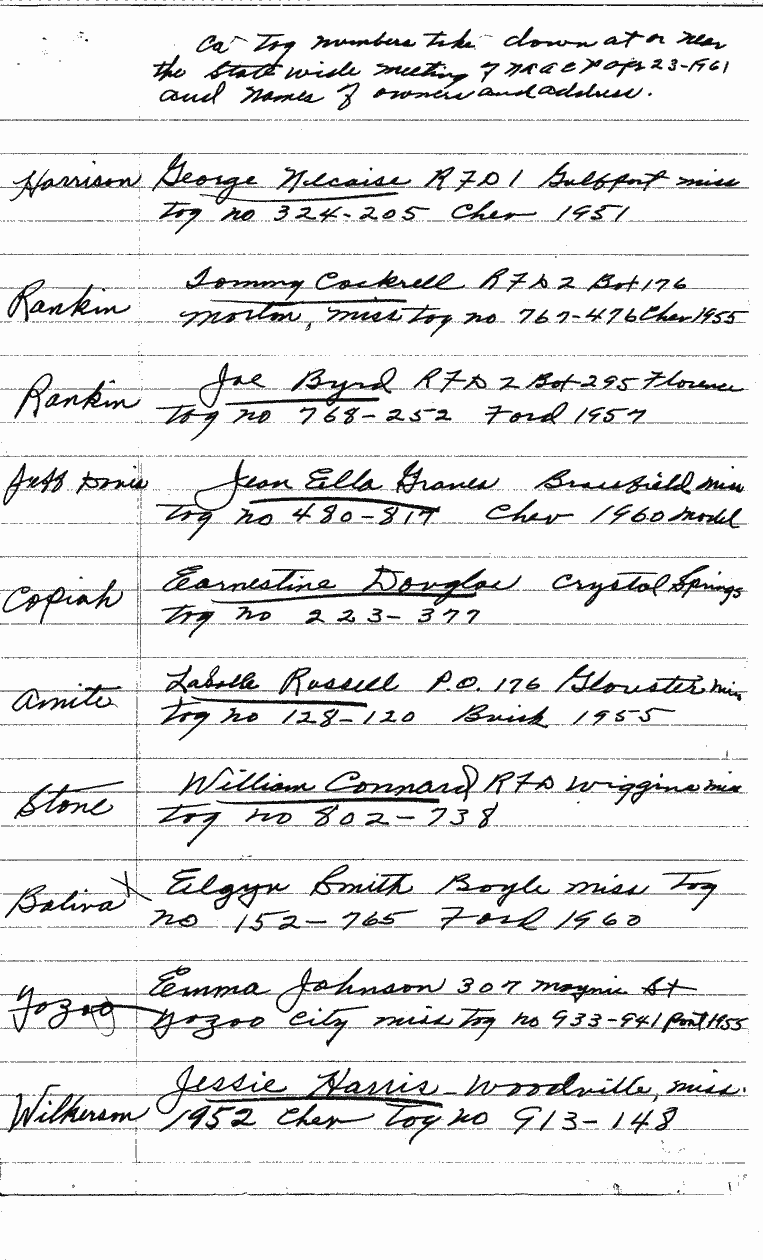Digital Snapshots
“Digital Snapshots” is designed to introduce selected collections from the Mississippi Department of Archives and History’s (MDAH) digital archives. These exhibits guide users through digitized items, provide short essays by leading scholars to contextualize the exhibit, offer lesson plans, and supply recommended readings. Digital Snapshot exhibits are designed by the Center for Digital Humanities at the University of Southern Mississippi under the direction of MDAH staff.
-

1927 Mississippi River Flood
The Great Mississippi River Flood of 1927 displaced almost three-quarters of a million men, women, and children, caused 247 deaths, and submerged 27,000 square miles of land. African American communities were especially hard-hit because they comprised 75-percent of the population living in the Delta lowlands, 95-percent of the labor force, and suffered under unequal refugee programs that prioritized employers interests over those of Black laborers. This exhibit features fifty-five of the collection’s 124 photographs, which were taken by the Illinois Central Railroad company's flood committee in April, May, and October of 1927 in areas from Memphis, Tennessee through Delhi, Louisiana.
-

"The Anti-Slavery Alphabet"
Quakers Hannah and Mary Townsend created The Anti-Slavery Alphabet for the 1846 Anti-Slavery Fair held in Philadelphia, Pennsylvania. The Townsends sold these books to raise funds to support abolitionist efforts that they were involved in. They also hoped it would be used in households to inspire children to understand the horrors of slavery and to think of ways that they, regardless of youth, could fight against it.
-

Churches - Survey Photograph Collection
The collection consists of thirty-nine exterior-view photographs of buildings - one courthouse and the remainder churches - from urban to rural contexts. Located across the state, the photographs were taken in the 1930s by the Works Progress Administration. Towns and cities represented in the collection include Belzoni, Brandon, Canton, Charleston, Church Hill, Drew, Grenada, Greenwood, Jackson, Natchez, Raymond, Ruleville, Water Valley, and Winona; as well as rural churches in Claiborne and DeSoto counties. This exhibit focuses on churches from the collection that are no longer in existence due to natural phenomena or congregation expansion, or that underwent dramatic renovations, as a way to demonstrate the use of photography in historic preservation and the role of religion in Mississippi history.
-

Crowe (Milburn J.) Photograph Album
In July 2005, historian and Mound Bayou-native, Milburn J. Crowe, donated a late-nineteenth-century photograph album of the Benjamin Thornton Montgomery family and their associates to the Mississippi Department of Archives and History (MDAH).
The album consists of ninety photographs, including images of Benjamin and Isaiah Montgomery, Benjamin Green, Frederick Douglass (a correspondent of Isaiah's brother, William Thornton), as well as numerous members of the Montgomery, Lewis (who were relatives of Benjamin Montgomery's wife, Mary), and Green families, in addition to other family-members and friends.
-

Freedom Summer - Foner (Thomas) Collection
The Mississippi Freedom Summer Project in 1964, also known as “Freedom Summer,” was a mass volunteer effort in the state of Mississippi to both register as many African Americans to vote as possible, and voters. The Foner (Thomas) Freedom Summer Papers features correspondence, a voter registration plan, photographs, and newspaper articles related to this mass effort to increase African American voter-ship, as well as provide and support educational opportunities, known as “Freedom Schools,” in Mississippi.
-

Mississippi State Department of Health Photographs Album, ca. 1930s
The Mississippi State Department of Health Photograph Album, ca. 1930s, highlights the medical conditions across the state during the first half of the twentieth century. The photographs capture Mississippi leaders' attempts to combat major health concerns—from diseases, like tuberculosis and malaria, efforts to professionalize and standardize medical practices, and to launch early education through home health programs.
-

The Mississippi State Sovereignty Commission
The Mississippi State Sovereignty Commission (MSSC) was a state-sponsored investigative unit created in the wake of Brown v. Board of Education to combat racial desegregation in the Magnolia State. Between 1956 and 1973 the MSSC, directed by the governor and other top elected officials, employed former law enforcement officials and others to observe and report on the activities of private citizens suspected of engaging in civil rights activism. In the ensuing years, this expanded to include investigations into suspected communism, homosexuality, religious activity, and more. For nearly twenty years, the MSSC was funded by public tax dollars, but unaccountable to the public. It operated as a clandestine investigative unit that worked behind the scenes to funnel resources and information to a variety of organizations fighting against fundamental civil rights across Mississippi and the larger United States.
-

Eudora Welty Digital Archive Photograph Collection
The Eudora Welty Digital Archives highlights materials by and related to Eudora Welty. A well-known writer and photographer, this exhibit focuses on imagery either of or by Welty, specifically items from the Eudora Welty Digital Archives Photographs. Of the nearly 1,800 photographs within the digital archive, this exhibit features forty photographs that were either produced by Welty or are of Welty.
*Image: Copyright © Eudora Welty, LLC; Courtesy Eudora Welty Collection – Mississippi Department of Archives and History
(Permission to publish required).